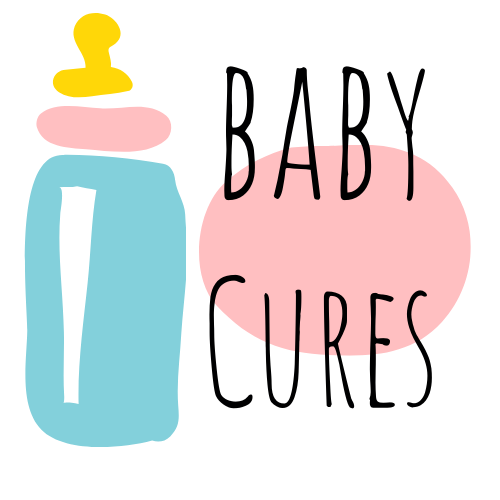Baby Booties Are Often A Part Of A Layette

Many child development experts declare that footwear shouldn’t be necessary for infants. However, many moms say otherwise. This makes baby booties a very important part of a baby’s first set of clothes and necessities. Baby booties are often a part of a layette, the common name for the first set of garments infants wear-and are normally soft, soled. They provide protection (particularly for newborns, babies and infants who may be beginning to crawl and learning to walk) and for warmth (since babies get cold relatively easily). In a way, they operate like sneakers. Nonetheless, baby booties are more fitted to newborns and babies since they’re made to fit the unique form and shape of their feet. Baby feet are very square-shaped, not like the rectangular-shape of the a developed adult foot. Due to this fact, only a few shoes would fit them completely, and forcing them to wear commonly formed sneakers may hinder them from learning the right way to walk. This makes baby booties essentially the most sensible footwear for babies.
Baby’s Skin Is Sensitive And Only The Right Materials Will Do

Baby booties are made out of completely different materials, though most of them are produced from cotton, felt, yarn, and other materials. Any material is good so long as it supplies sufficient protection and it will not irritate the newborn’s feet. Subsequently, parents normally give their babies knitted baby booties, since they’re gentle, simple to clean, and often hypoallergenic. Knitted booties are also cheap, making it the perfect baby footwear. Babies will quickly outgrow their baby shoes. Due to this fact, parents ought to give their babies cheap but effective footwear, since their babies can wear their baby booties more than once.
Some booties are produced from much more durable materials. While there’s nothing wrong with materials similar to leather and rubber, parents must be sure that the baby footwear won’t irritate their baby’s feet since babies can have very sensitive skin, even on their feet.
When To Transition Your Baby From Baby Booties to Baby Shoes
In fact, babies should stop wearing baby booties as soon as they begin the process of learning to walk. Baby booties provide minimal protection from hazards on the floor, so baby shoes that supply extra protection in the sole should be worn by your baby. Parents must think about buying regular shoes as soon as they begin walking just a few steps. However, making them wear this type of footwear too quickly may inhibit them from beginning to learn how to walk. Baby’s first shoes should, nonetheless, have a gentle enough sole to prevent possible accidents similar to irritating baby’s delicate skin with cuts or blisters but sturdy enough to guard baby’s feet from any foreign materials where baby might walk and potentially stub a delicate little toe. It’s best to purchase sneakers that can be easily taken off of the baby’s foot, particularly when the infant is still young and unable to remove his/her own sneakers. Therefore, using sneakers with laces is recommended but also note that parents can buy their children Velcro shoes or slip-ons as an alternative.
Footwear is often about what the babies need throughout a period of their development. Their clothes, footwear included, can be a factor in their development and abilities, so parents ought to choose them wisely.
Did you forego baby booties and go straight for baby shoes or did you use baby booties with your baby? Did you end up keeping your baby’s first pair of shoes? Maybe to bronze them? We want to know. Please share your experience with your baby’s footwear. We’d love to hear about it.

